Delicate, intricate, and deceptively small—the mosquito is one of the most consequential organisms on Earth. This gallery offers a layered exploration of the mosquito’s anatomy across its life cycle: from larval form to fully developed adult.
You’ll encounter the laced geometry of its wings, the fine bristles of its legs, the segmented architecture of its body, and the barely visible but immensely efficient structures that define its role as both pollinator and pathogen vector.

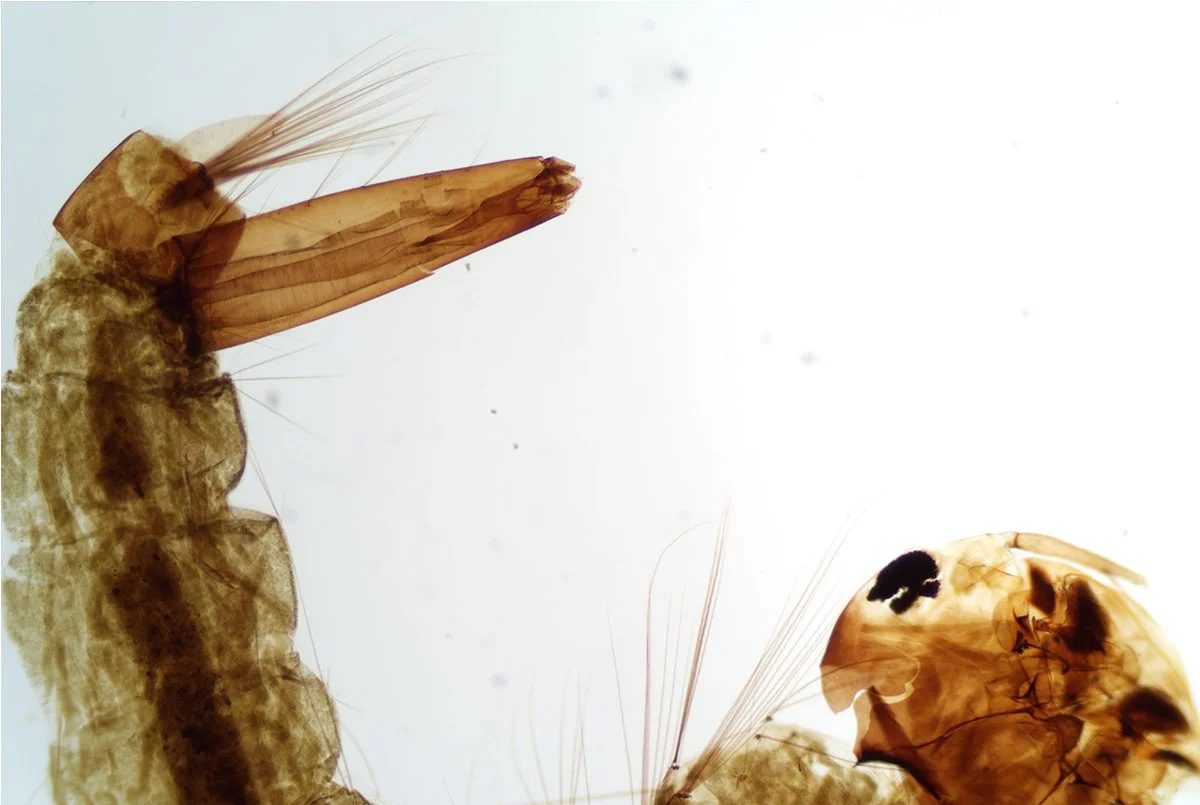

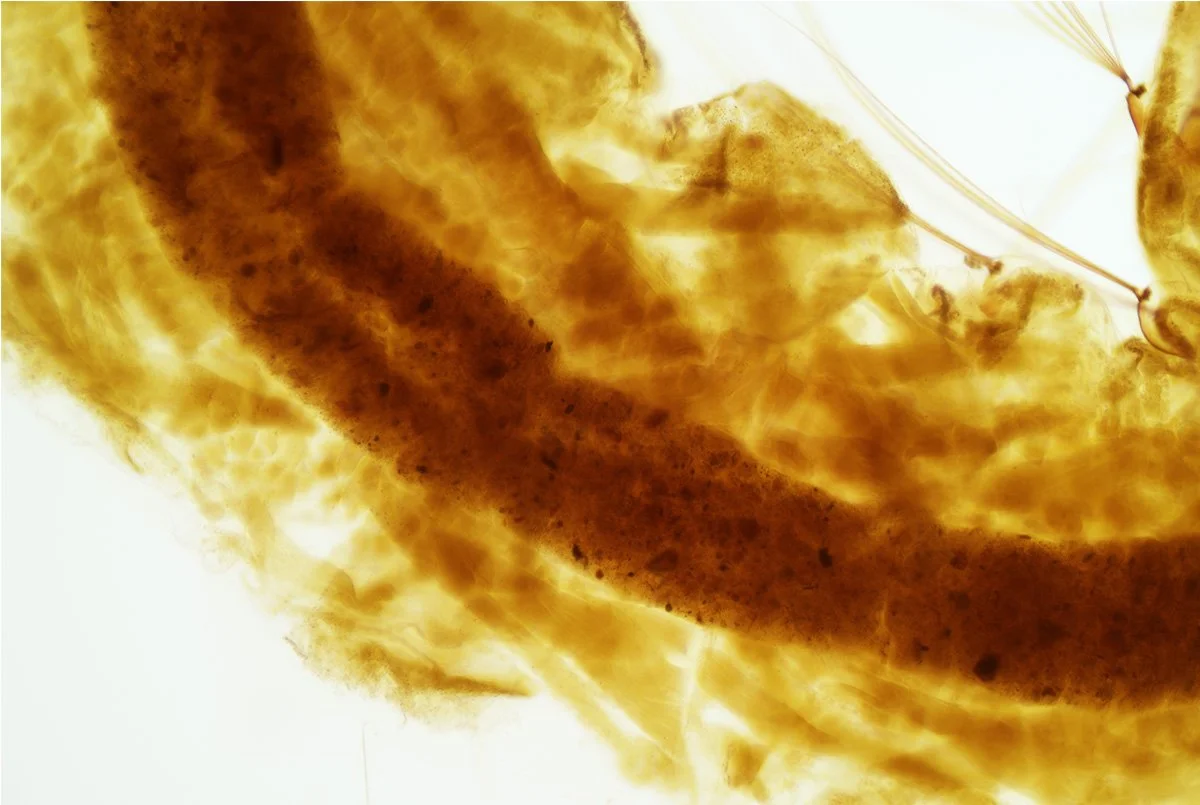


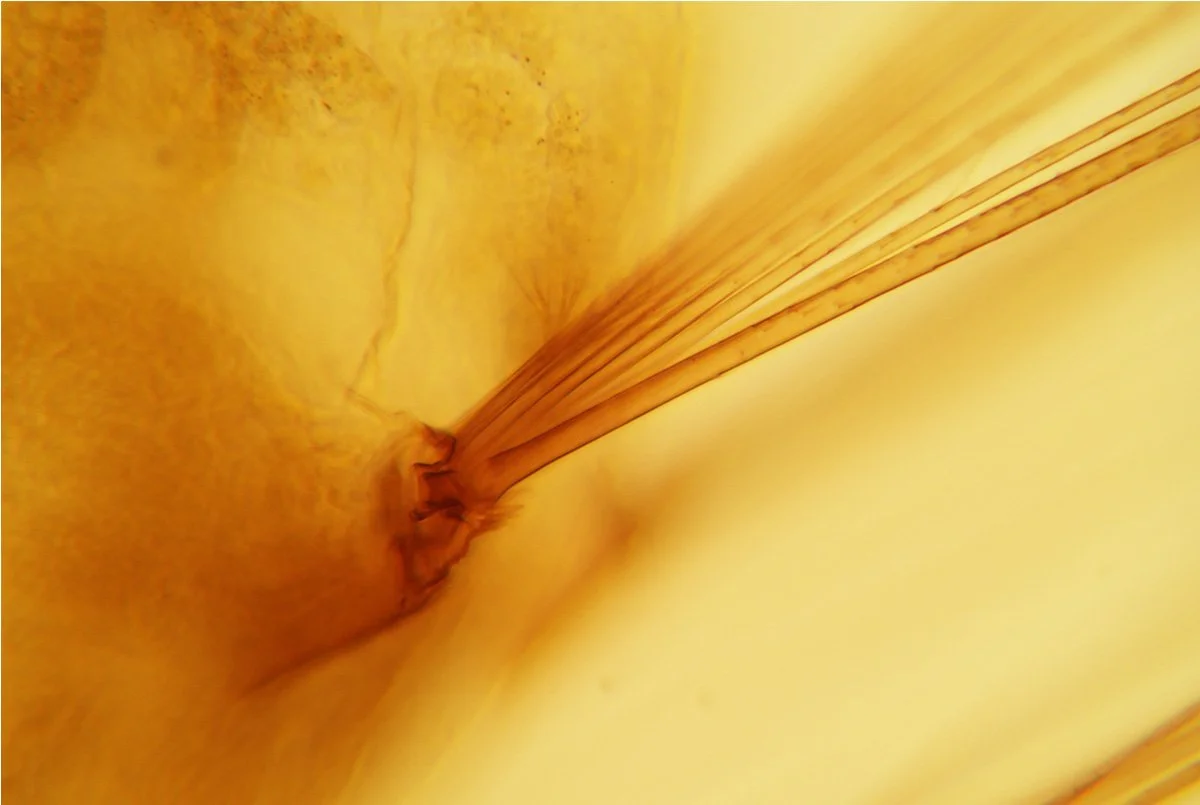

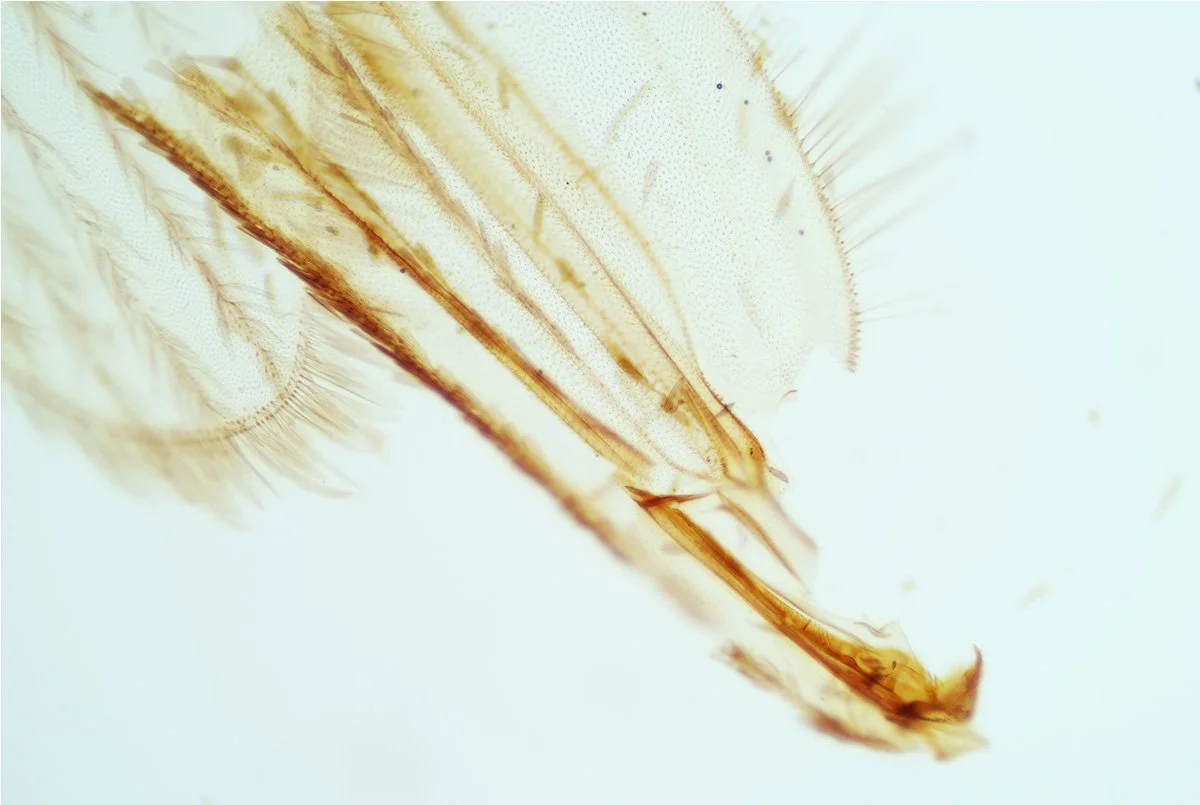

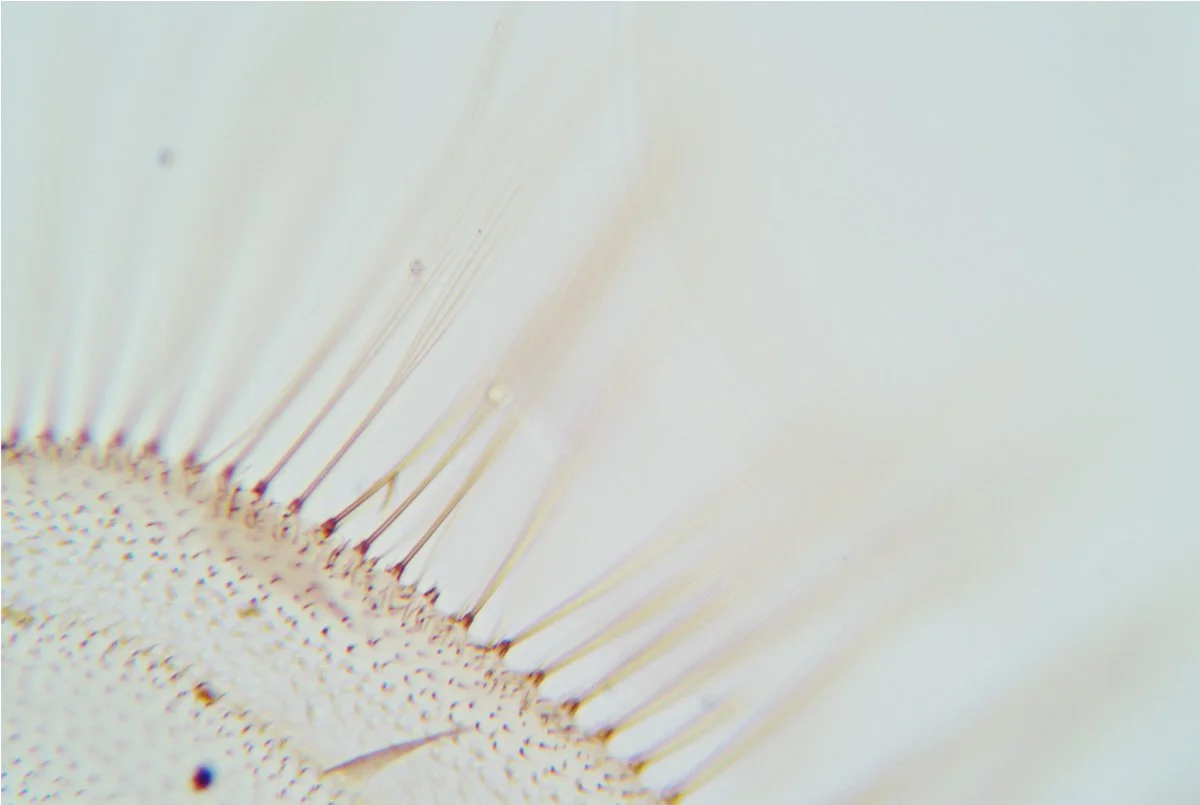

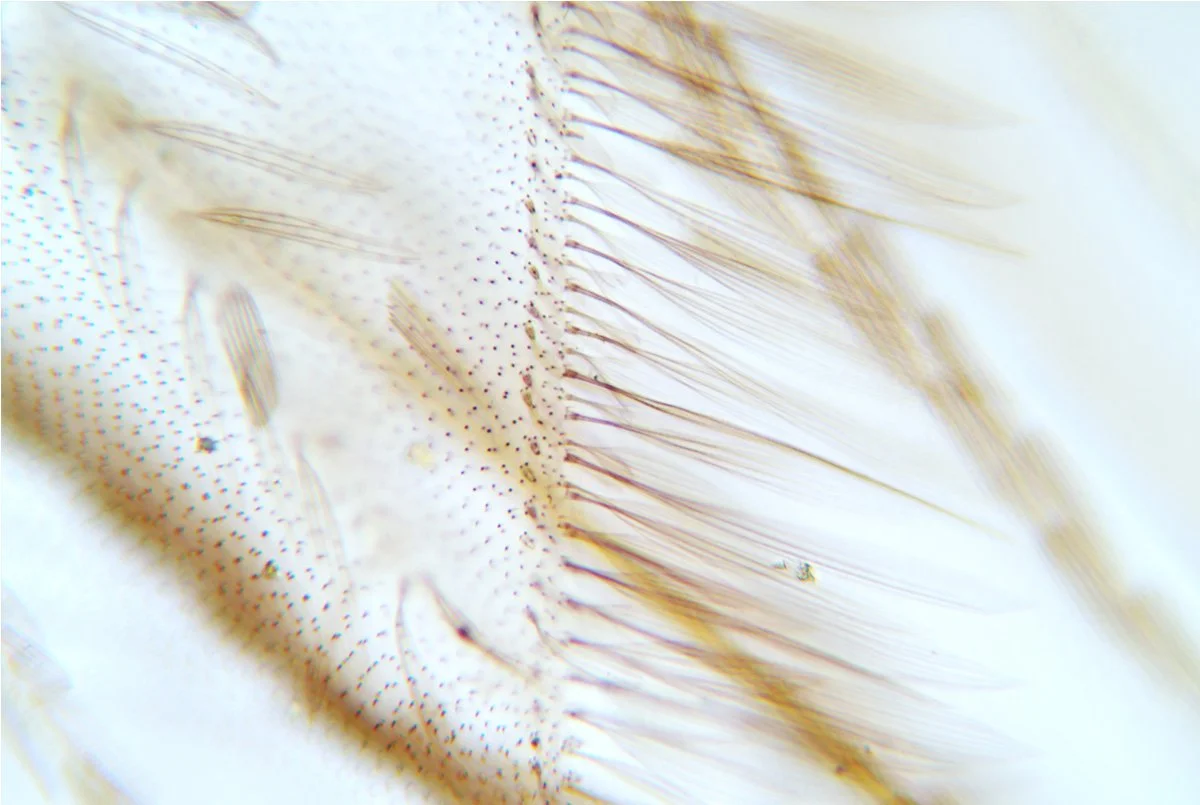
While the mosquito’s form might suggest fragility, its impact on global health is unparalleled.
Mosquitoes are the primary vectors for diseases such as malaria, dengue fever, Zika virus, chikungunya, and West Nile virus, transmitting pathogens through their saliva during feeding. The anatomy you see here—especially the proboscis, sensory antennae, and leg adaptations—is intricately designed for host detection, blood extraction, and survival across varied ecosystems.
Even the larval stages carry significance. Often found wriggling just below the surface of stagnant water, mosquito larvae are the silent beginning of cycles that affect millions. Their development is influenced by environmental conditions that can be tied to public health risks, making larval surveillance a cornerstone of vector control efforts.